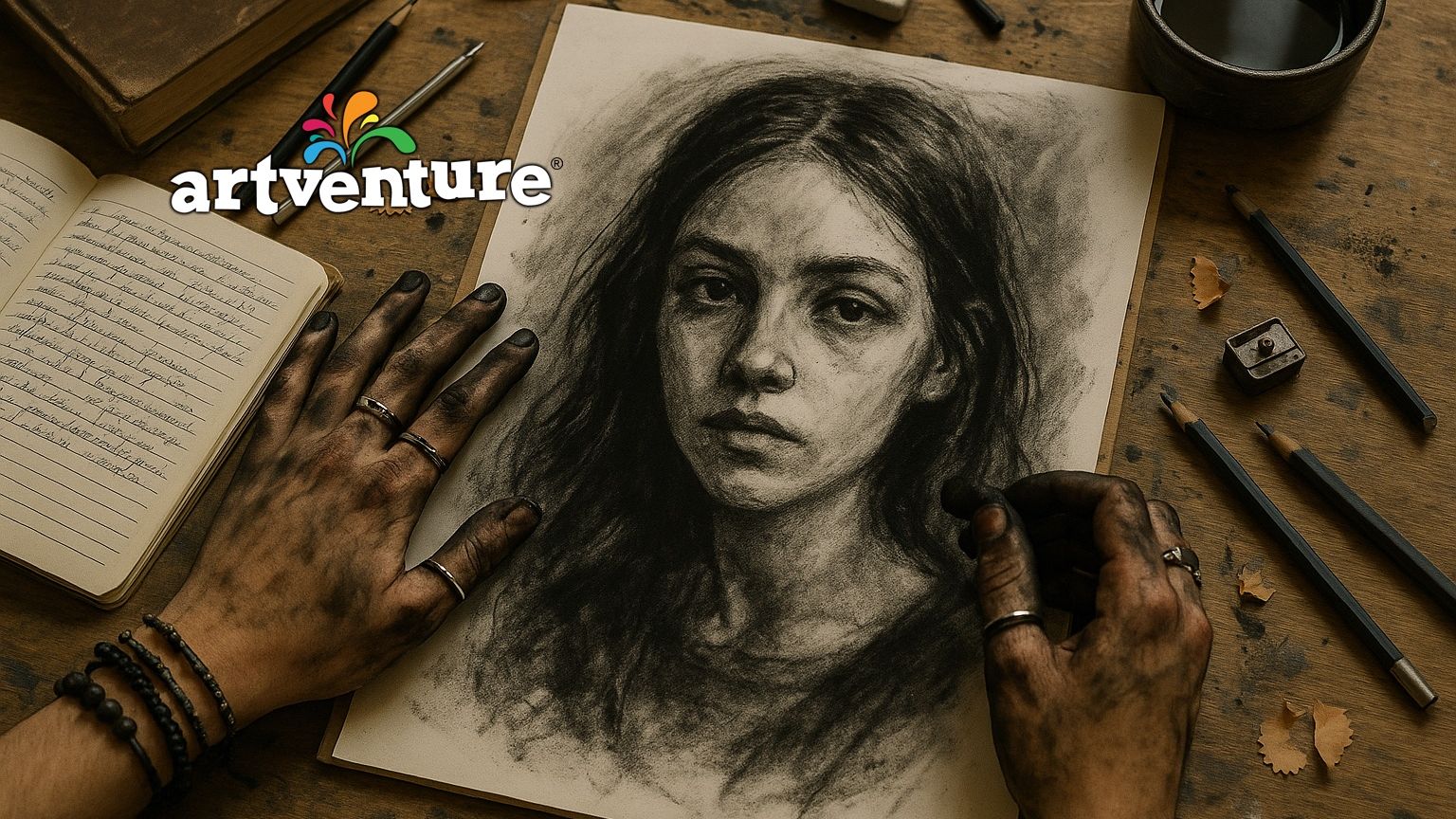Top 10 Tips for Teaching Art to Teens
Aug 16, 2018
Top 10 Tips for Teaching Art to Teens
Whether it’s your first year teaching or you’re a seasoned art teacher, starting a new year of classes with teenagers can be a challenge. Teens may seem difficult, disruptive, or resistant at times. But the key to success is understanding that teens are in a unique and transitional phase of life.
The truth is, teenagers want to be respected, understood, and taken seriously. They thrive when trusted with responsibility and creative freedom. In this guide, we share 10 tried-and-true tips for teaching art to teens effectively.
1. Build Relationships from Day One
Start by being open and honest. Share a bit about your background and ask your students to introduce themselves. Learn about their interests and take notes to connect with them. Teens are more likely to engage when they feel seen and understood.
2. Create Meaningful Projects
Choose art projects that reflect teens' experiences, interests, and curiosity about the world. Relatable themes spark engagement and encourage personal expression. Look for ideas that align with identity, social issues, or community topics.
3. Support Individual Growth
Your students will vary in skill and experience. Offer one-on-one feedback, identify their strengths, and work alongside them to support their development. A personalised approach builds confidence and encourages risk-taking in their art.
4. Stay Organised and Consistent
Teens thrive in structured environments. Set clear expectations and routines for the classroom from day one—how to clean up, when it's okay to talk, and how to handle supplies. An organised space helps avoid confusion and reduces disruptions.
5. Keep Teens Engaged
Idle time can lead to distractions. Keep students busy by offering multiple projects or challenges they can work on simultaneously. When teens are immersed in creating, they're less likely to be disruptive.
6. Spend Time With Your Students
Use quiet moments in the classroom to chat with students. Ask about their work and interests. Even a short conversation can build trust and foster creativity. Relationships are the foundation of a successful teen art class.
7. Be Honest and Authentic
Teenagers can quickly detect inauthenticity. Be honest about your experiences, even mistakes. Your openness invites theirs, encouraging genuine expression and trust. This honesty strengthens emotional connection through art.
8. Set Boundaries and Say No When Needed
Being friendly doesn’t mean being a pushover. Teens need clear boundaries. Don’t be afraid to say no. Doing so fairly reinforces respect and reminds students of your role as a guide and mentor.
9. Share Your Own Art
Be a role model. Show students your past or current work, talk about your process, and create alongside them. It shows vulnerability and inspires them to share their own work more openly.
10. Practice Self-Compassion
Teens can be challenging. Don’t take their behavior personally. Give yourself breaks, avoid burnout, and remember your impact. You’re not just teaching art—you’re helping shape young adults.
Final Thoughts
Teaching art to teenagers can be an incredibly rewarding experience. By building relationships, offering creative opportunities, and maintaining a structured yet empathetic classroom, you can help teens unlock their full creative potential.
For more teen-focused art lesson ideas, explore Artventure today.

